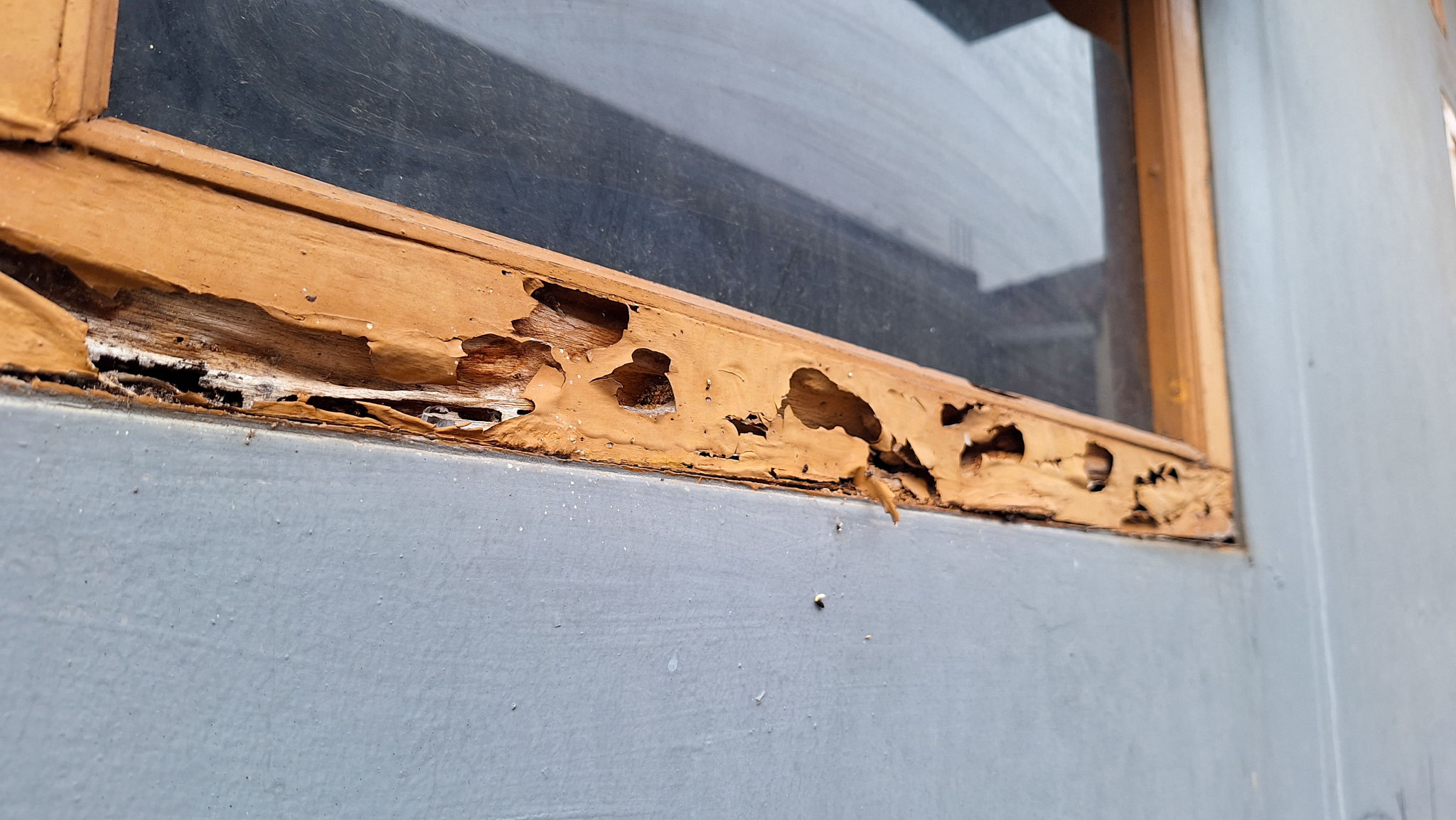How to Prepare Your Home for a Foundation Inspection in Los Angeles
Understanding the Importance of a Foundation Inspection
Preparing for a foundation inspection in Los Angeles is crucial for maintaining the structural integrity of your home. Given the city's unique geological characteristics, such as its propensity for earthquakes, ensuring that your home's foundation is solid can prevent costly repairs in the future. Scheduling regular inspections is a proactive step in safeguarding your investment.
Understanding what inspectors are looking for can help you better prepare. They will assess the foundation for cracks, water damage, and signs of settling or shifting. By knowing these key aspects, you can ensure your home is ready for a thorough inspection.

Clearing the Area Around Your Home
Before the inspection, it's essential to clear any obstacles that might hinder the inspector's access to your foundation. This includes trimming back plants and bushes, moving outdoor furniture, and removing debris. A clear path allows inspectors to conduct a more comprehensive evaluation.
Additionally, make sure the perimeter of your home is free from clutter. This not only facilitates easy access but also allows inspectors to identify potential issues like moisture accumulation or pest infestations that could affect your foundation's condition.
Inspecting Visible Interior and Exterior Walls
Take a walk around your home and inspect visible walls both inside and outside. Look for any signs of damage such as cracks, bulging, or water stains. These could indicate underlying foundation issues that need to be addressed before the inspection.
If you notice any areas of concern, it could be beneficial to take notes or photographs. Sharing this information with the inspector can provide them with more context and help them focus on specific areas that may require more detailed examination.

Ensuring Proper Drainage
Poor drainage can lead to water pooling around your home's foundation, which can cause significant damage over time. Before your inspection, check to ensure that your gutters are clean and functioning properly, and that downspouts direct water away from the foundation.
If you have a basement or crawl space, inspect these areas for signs of moisture or leaks. Addressing any drainage issues beforehand will not only make the inspection process smoother but also protect your home from potential water-related foundation problems.
Checking for Pest Infestations
Pests such as termites and rodents can weaken your foundation by creating burrows or causing structural damage. Prior to the inspection, it’s wise to look for signs of infestations, such as droppings, gnaw marks, or damaged wood.
If you suspect a pest problem, it may be necessary to consult with a pest control professional before proceeding with the foundation inspection. Addressing infestations promptly can prevent further damage and ensure a more accurate inspection result.

Gathering Relevant Documentation
Having the necessary documentation ready can facilitate the inspection process. Gather any previous inspection reports, repair records, and insurance documents related to your home's foundation. This information can provide valuable context to the inspector and help them understand the history of your property.
If you're aware of any specific issues or repairs that have been conducted in the past, be sure to communicate these details to the inspector. Transparency is key to obtaining a thorough and accurate assessment of your home's foundation.
Conclusion: Ensuring a Successful Inspection
Preparing your home for a foundation inspection in Los Angeles involves several important steps. By clearing the area around your home, inspecting walls for visible damage, ensuring proper drainage, checking for pest infestations, and gathering relevant documentation, you set the stage for a successful inspection.
A well-prepared home not only makes the inspection process smoother but also helps identify potential problems early on. Taking these proactive steps ensures that you maintain the structural integrity of your home and protect your investment for years to come.